(NLDO) - The "second moon" 2024 PT5 has a strange composition, unlike any asteroid that science has ever recorded.
This January, humanity will witness the close approach of 2024 PT5, an object often referred to as "Earth's second moon". It is one of the most puzzling objects for scientists.
Earth's "neighbors" in the Solar System often have many moons, or natural satellites, orbiting the planet in stable orbits.
Mars has Phobos and Deimos; Jupiter has Europa, Io, and nearly 80 other moons. But Earth has only one moon, the Moon.
2024 PT5 suddenly appeared in the sights of a South African telescope in 2024.
It is only 10 m in diameter, an asteroid, but is trapped in Earth's orbit and temporarily rotates like the Moon.
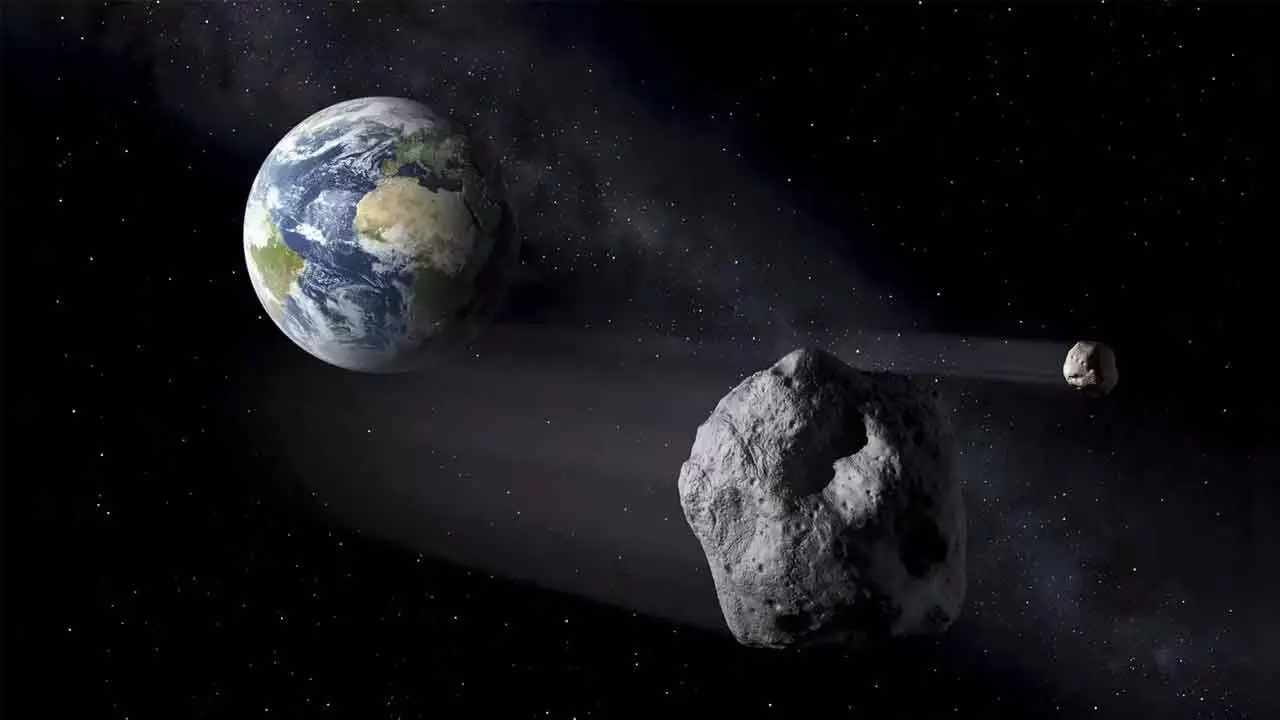
"The second moon" is an asteroid temporarily stuck to Earth - Illustration: SCIENCTIFIC AMERICAN
A team of observers used the Lowell Discovery Telescope in Flagstaff, Arizona, USA to take a reflection spectrum of PT5 to find out what it is and where it came from.
The most common “home” for near-Earth objects like 2024 PT5 is the asteroid belt between Mars and Jupiter. However, the reflectance spectrum of 2024 PT5 shows that it does not belong to this group.
Even more puzzling, it also did not resemble any known asteroid. Subsequent observations of the object described its rotation and showed that it was rocky, rich in silicates. That also helped rule out an artificial origin. It appeared to be rich in pyroxene, suggesting the rock came from an igneous or possibly metamorphic environment.
Finally, the data points directly to the Moon, Earth's official satellite: The "second Moon" may just be a piece of lunar debris, released after a violent meteorite collision.
The research team led by two astronomers Theodore Kareta from Lowell Observatory and Oscar Fuentes-Munoz from NASA's Jet Propulsion Laboratory (JPL) believes that if this scenario is true, there are many "moons" 3, 4, 5... waiting to be found.
Of the current list of "near-Earth objects" (NEOs), only 16 originate from this natural satellite.
According to Universe Today, the research team predicts that there could be 10-15 times more lunar NEOs than that.
Because these asteroids are generally thought to be relatively small, a new generation of larger telescopes and new observing techniques will be needed to find them.
Finding lunar "baby" objects could go a long way toward reconstructing the history of Earth and its moon; and could also help bolster global defense missions against catastrophic asteroid impacts — like the Chicxulub one that wiped out the dinosaurs.
Source: https://nld.com.vn/mat-trang-thu-2-cua-trai-dat-co-nguon-goc-bat-ngo-19625011809443723.htm








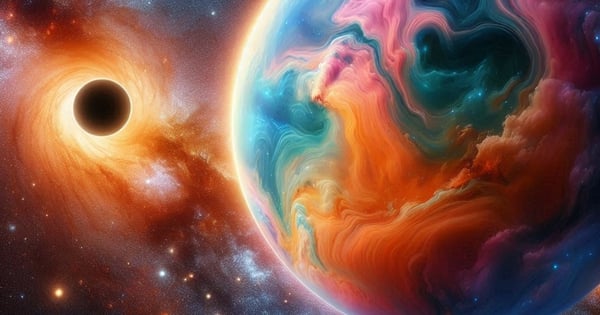
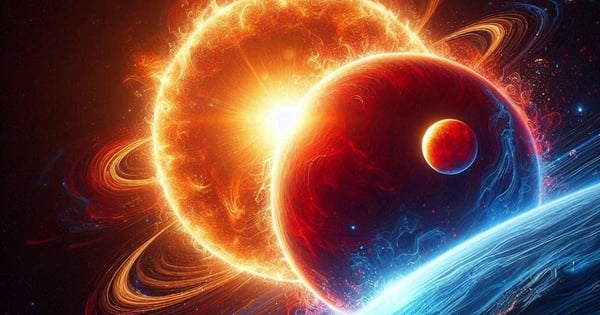






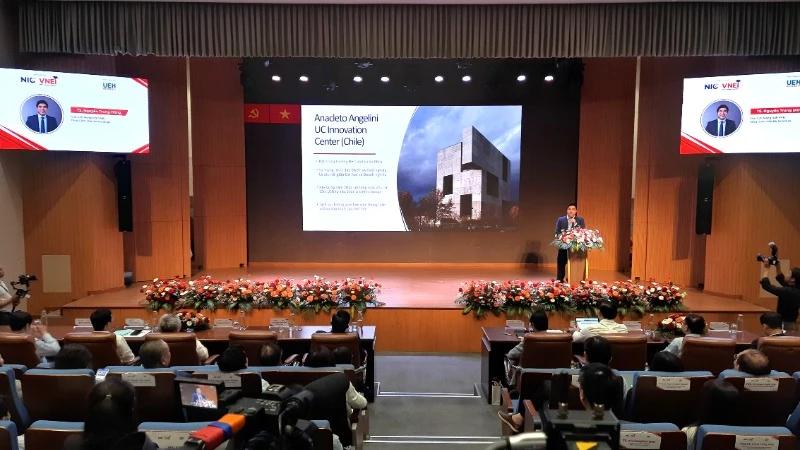



![[Video] Approval of the Master Plan for the Construction of a High-Tech Forestry Zone in the North Central Region](https://vstatic.vietnam.vn/vietnam/resource/IMAGE/2025/4/12/93e860e3957940afaaab993c7f88571c)










![[Photo] "Beauties" participate in the parade rehearsal at Bien Hoa airport](https://vstatic.vietnam.vn/vietnam/resource/IMAGE/2025/4/11/155502af3384431e918de0e2e585d13a)












































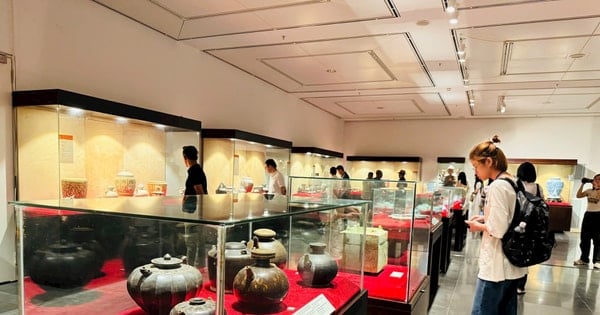

















Comment (0)